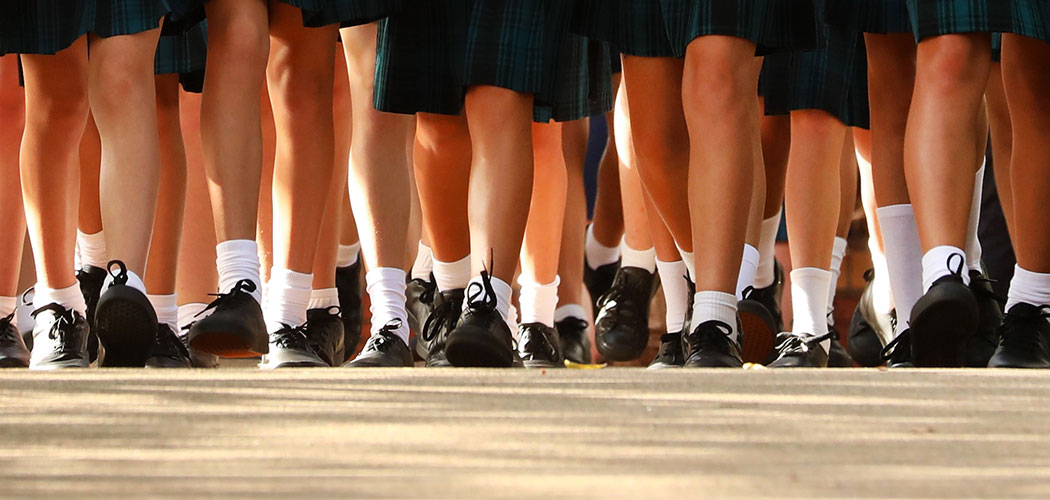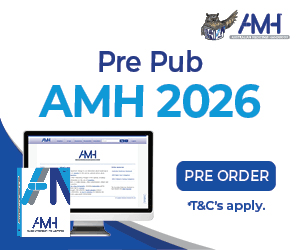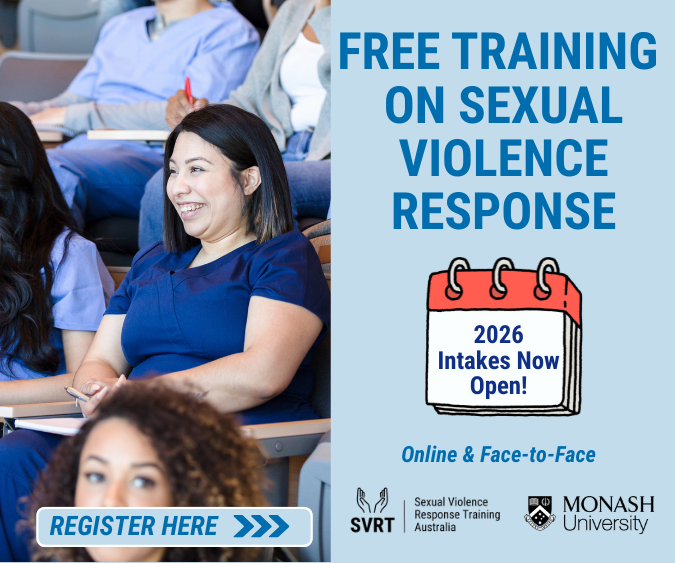While no formal education pathways to become a school nurse in Australia exist, nurses are stumbling into the career path via a number of ways, new research from Edith Cowan University (ECU) suggests.
“The accidental school nurse; that’s almost a way to describe this career path,” says lead author, Dr Anita Moyes.
“A lot of the nurses that I have interviewed for this research didn’t realise this specialty even existed. They became a school nurse by accident, not design. Although they typically thought they would be in the role for a relatively short while, they were surprised at how demanding and rewarding the work is and decided to stay. The role suits a nurse who likes being autonomous, where every day is different and brings unexpected clinical challenges.”
When thinking of nurses, the image that most often comes to mind is one of bustling hospital corridors, emergency rooms, and bedside care. Yet, the vital role of the school nurse – a healthcare professional who plays a crucial part in supporting the physical, mental, and emotional well-being of students every day – often goes unnoticed.
As schools become increasingly focused on student health and wellness, the demand for qualified school nurses continues to grow, making this an often overlooked yet deeply rewarding career path for those in the nursing profession, notes Dr Moyes.
School nurses often have a wide and varied working history, which assists with the increased complexity of medical and mental health issues being faced by children in schools.
The decision to switch from the acute sector to a school environment often comes down to a number of factors, including a more balanced work-to-life ratio, needing to work ‘school hours’, or seeking a less physically demanding role than ward work.
“There is a high attrition rate of nurses leaving the hospital setting, and the question remains as to where these nurses are going,” Dr Moyes explains.
“There is an opportunity for experienced nurses to go into the school environment, allowing us to retain that expertise working with children and families in the community.”
According to Dr Moyes, often, particularly in primary schools, teachers and teacher assistants are quasi health workers, administering medication and keeping watch over children at risk for serious problems such as developmental delay, food-allergy anaphylaxis or epilepsy. However, education professionals might not always feel confident or have sufficient educational background to do so.
“A lot of the burden that schools are feeling in that particular area could be alleviated if we had suitably skilled nurses supporting the schools,” she said.









6 Responses
Sounds like a RTO/Uni could develop a post grad cert or diploma for school and GP nurses.
100% correct.
Prevention is much better than a cure.
And School Based Nurses need to be in both primary and high school and GP nurses need to have the ability to have a more accessible way to work as a NP rather than the long and expensive options currently on offer. Thank you for your comment. I work in both fields.
School nurses are a vital part of every child’s school journey. It’s not just bandaids and ice packs. It’s so much more. School nurses do as much work as those in the wards just in different ways.
We need to be acknowledged as skilled nurses attending to our younger generation.
Pay needs to be equal to those working as RN’s in the acute setting!!
Pay them as university trained nurses not Education support!!
I was a school nurse- in the old days it was a Maternal and child health certificate after midwifery- guess theres no child health clinics either?? A huge gap in preventative medicine
School nursing is both a challenging and satisfying position. Having worked as a College nurse I found my mental health nursing skills and sexual health knowledge invaluable.
After having been a school nurse for 16 years, it was brilliant until the management decided that they would interfere and not allow nurses to work to ur full scope of practice. It was a great job and I met some most amazing people and have made life long friends.